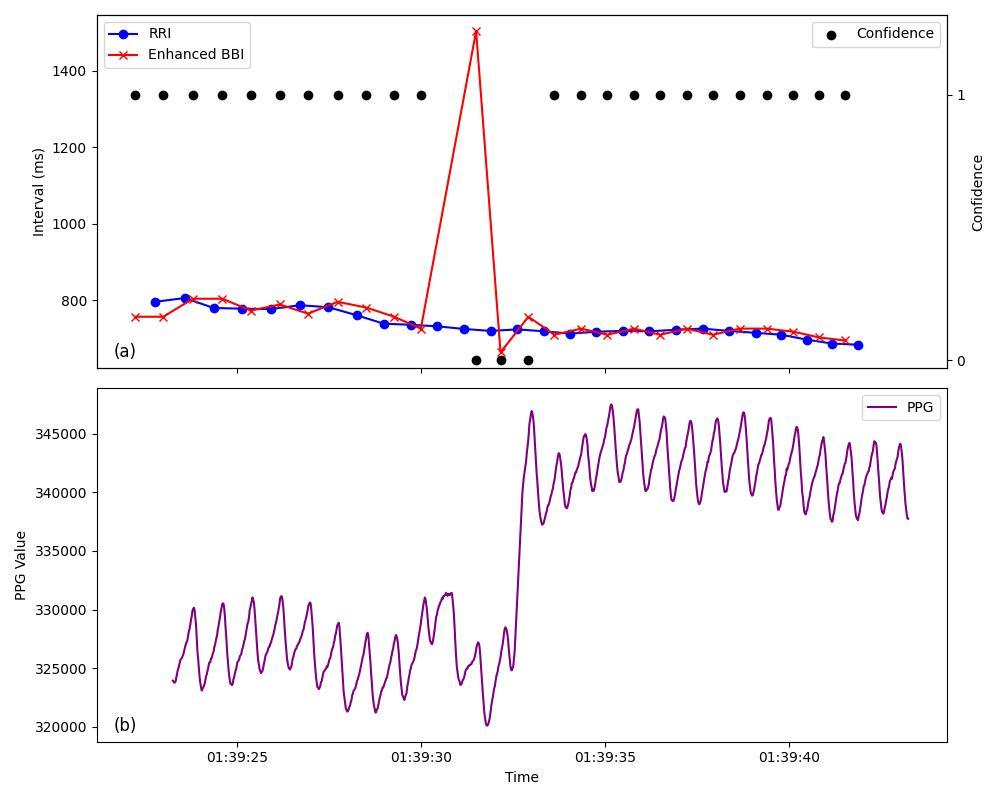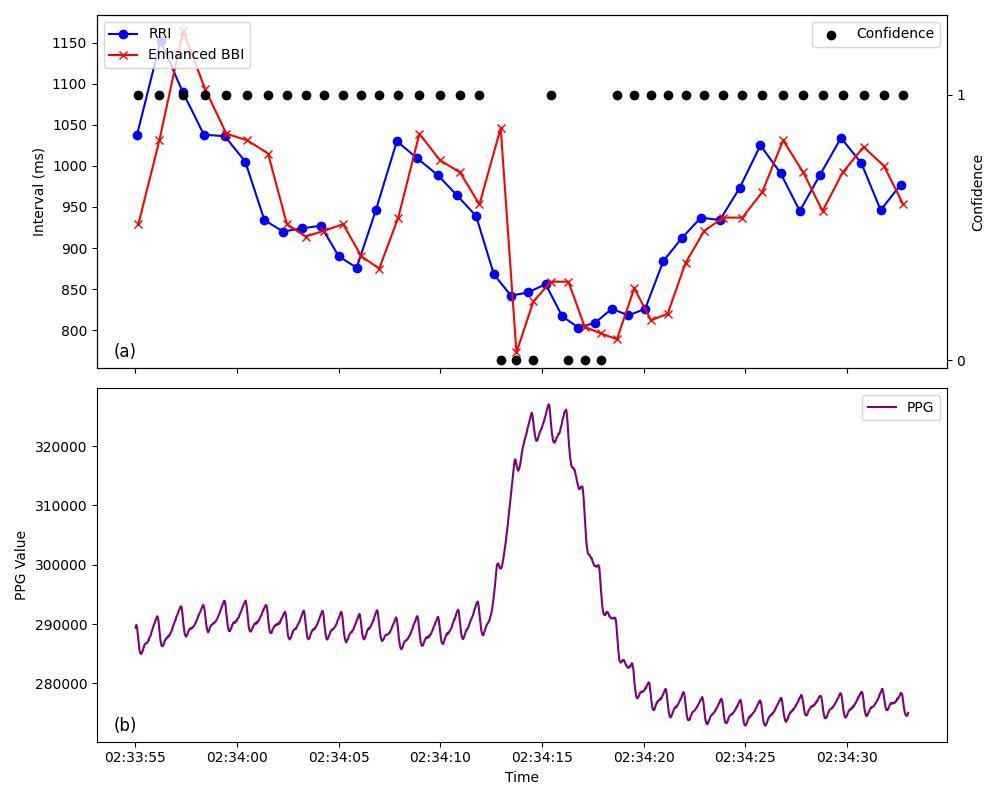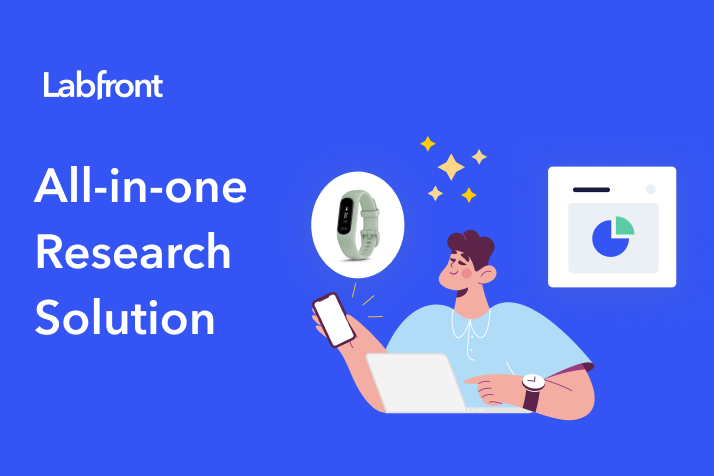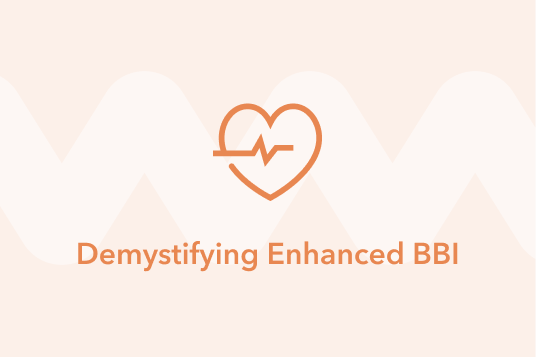Heart Rate Variability (HRV) is one of the most widely studied biomarkers in stress, recovery, and autonomic nervous system research. At its core, accurate HRV measurement depends on Beat-to-Beat Intervals (BBI), the precise timing between consecutive heartbeats.
With Garmin’s Enhanced BBI, researchers now have access to a new level of fidelity in wrist-based photoplethysmography (PPG) data, integrated seamlessly into the Labfront platform. Unlike legacy BBI that prioritized availability over accuracy, Enhanced BBI preserves signal bandwidth and includes a per-beat confidence score, allowing researchers to filter unreliable data before calculating HRV metrics.
Why Enhanced BBI Matters
Garmin’s published validation work highlights the power of Enhanced BBI:
- Near-ECG accuracy during low-motion conditions (e.g., sleep): High-confidence Enhanced BBIs show a Pearson correlation of 0.975 with ECG-derived R-R intervals, with a beat error standard deviation of just 8.55 ms.
Labfront has further added to these findings:
- Preserved respiratory sinus arrhythmia (RSA): Enhanced BBI avoids the over-filtering of legacy BBI systems, which often suppressed high-frequency HRV components crucial for studying breathing-related variability.
The above confirms that Enhanced BBI captures nuanced physiological signals that are often lost in traditional BBI processing.
But What About the Confidence Metric?
While Garmin provides a binary confidence flag (high vs. low), the link between the confidence score and the underlying PPG signal is not always intuitive. Researchers may wonder:
- What does “low confidence” actually look like in the raw waveform?
- Is the flag truly reflective of motion artifacts, poor sensor contact, or physiological extremes?
To shed light on this, we directly compared Garmin Enhanced BBI with raw PPG signals from a Biostrap device worn simultaneously on the same wrist. Although Garmin does not expose raw PPG, Biostrap’s signal offers a reliable proxy since both devices sample the same arterial pulse dynamics.
Method: Side-by-Side Data Collection
- Devices: Garmin Vivosmart 5 (Enhanced BBI) + Biostrap wristband (raw PPG).
- Setup: Both devices worn on the same wrist during a sleep session.
- Outputs:
- Garmin: time-stamped BBIs + binary confidence flags (1 = high, 0 = low).
- Biostrap: high-frequency raw PPG waveform.
- Analysis: Data synchronized post-collection using a reference artifact, then inspected in 10–20 second epochs with Python + SciPy peak detection.
This setup naturally captured periods of clean signal, motion artifacts, and physiological variability.
Example 1: PPG Degradation = Low Confidence
In stable conditions, Biostrap’s PPG shows clean rhythmic peaks, and Garmin assigns high-confidence scores. Midway through the epoch, the PPG degrades—peaks flatten, irregularities appear, likely from motion or contact issues. Correspondingly, Garmin marks these beats as low confidence.
When low-confidence BBIs are excluded, beat error variance drops by more than 50%, ensuring HRV metrics like RMSSD remain robust.
Takeaway: The confidence flag is a reliable indicator of poor PPG quality.

Example 2: Physiological Baseline Wander
Physiological changes, such as deep breathing or sudden tension, can induce large RSA-driven heart rate shifts (20–30 bpm), which appear in PPG as baseline wander. In these cases, peaks blur or vanish. Enhanced BBI again assigns low confidence during obscured intervals while maintaining high confidence when peaks are clear.
Takeaway: The confidence metric isn’t just about motion—it also helps identify physiological extremes that compromise HRV reliability.
As a practical rule, Labfront recommends limiting low-confidence BBIs to <20% within any 5-minute window for trustworthy HRV analysis.

Why This Matters for Researchers
These visual examples confirm that Garmin’s confidence metric has a direct, intuitive link to real PPG signal issues:
- Degradation (noise, poor contact, motion artifacts).
- Baseline wander (physiological extremes).
For researchers, this means that you do not need access to raw PPG to perform quality control. Confidence flags provide a built-in, per-beat reliability filter.
Integrated on Labfront’s platform, Enhanced BBI data can be automatically synced, filtered, and analyzed, simplifying workflows even in challenging field studies.
Limitations and Next Steps
- Biostrap PPG was used as a proxy; while representative, it is not Garmin’s raw signal.
- Validation focused on a single scenario (sleep). Broader testing across activity types would strengthen conclusions.
Still, this side-by-side comparison reinforces Garmin’s claims and highlights the value of Labfront’s integration for applied research.
Conclusion: Unlocking Enhanced BBI with Labfront
Enhanced BBI represents a major advance in wearable HRV research. By pairing near-ECG accuracy with beat-level confidence, Garmin provides researchers a practical way to obtain reliable HRV metrics, even outside the lab.
Through this demonstration, we’ve shown how confidence flags directly reflect PPG dynamics, offering a transparent and intuitive tool for filtering data.
With Labfront, researchers can now seamlessly access, analyze, and act on Enhanced BBI data, empowering more precise studies in stress, recovery, and autonomic regulation.

Ready to try Enhanced BBI?
Contact us to start exploring Enhanced BBI on Labfront today, and take your HRV research further with minimal effort and maximum insight.

Han-Ping is the senior research lead (and chief plant caretaker) at Labfront, specializing in physiological data analysis. An alumnus of the BIDMC/Harvard's Center for Dynamical Biomarkers, Han-Ping uses his PhD in electrophysics to help Labfront customers convert raw physiological data into health insights. He does his best Python coding while powered by arm massages from his spiky-tongued cat, Pi.


.svg)


.webp)





.svg)